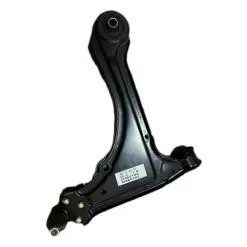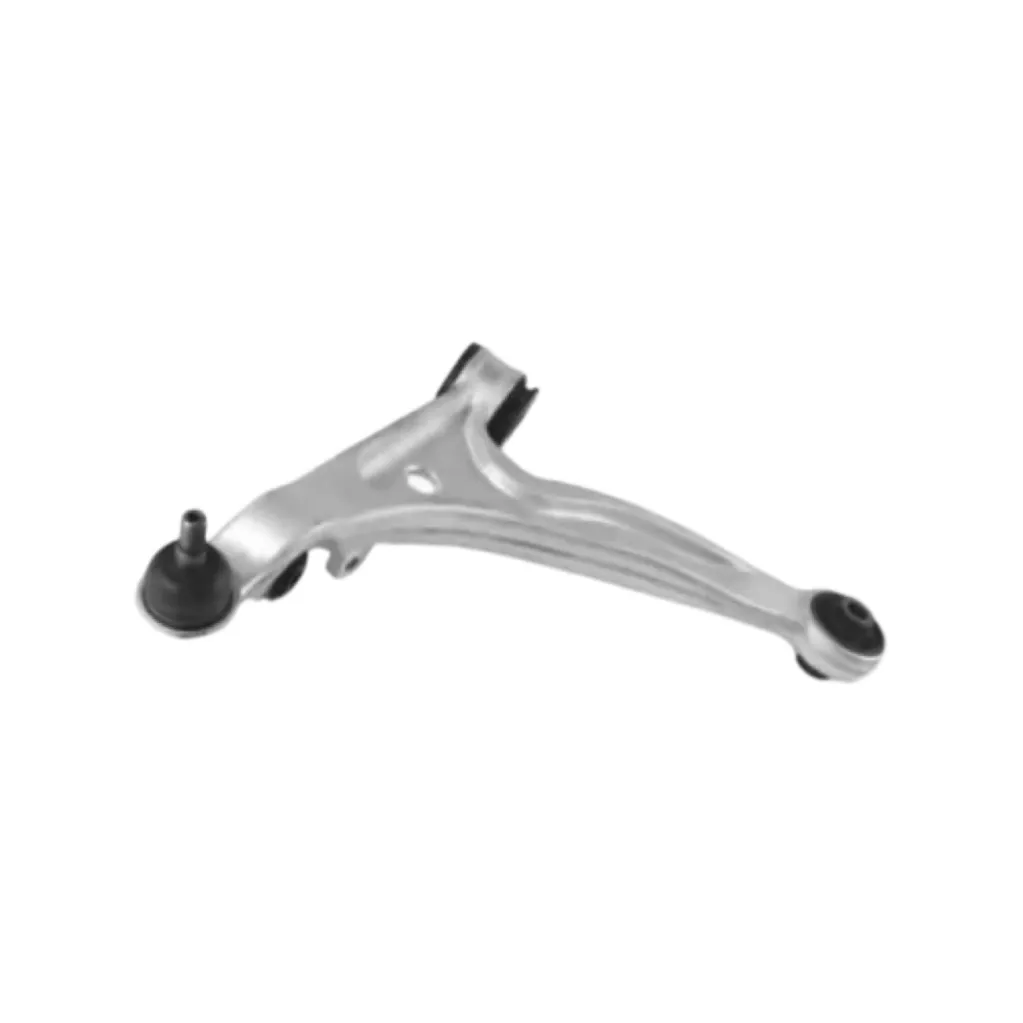
-
 Afrikaans
Afrikaans -
 Albanian
Albanian -
 Amharic
Amharic -
 Arabic
Arabic -
 Armenian
Armenian -
 Azerbaijani
Azerbaijani -
 Basque
Basque -
 Belarusian
Belarusian -
 Bengali
Bengali -
 Bosnian
Bosnian -
 Bulgarian
Bulgarian -
 Catalan
Catalan -
 Cebuano
Cebuano -
 Corsican
Corsican -
 Croatian
Croatian -
 Czech
Czech -
 Danish
Danish -
 Dutch
Dutch -
 English
English -
 Esperanto
Esperanto -
 Estonian
Estonian -
 Finnish
Finnish -
 French
French -
 Frisian
Frisian -
 Galician
Galician -
 Georgian
Georgian -
 German
German -
 Greek
Greek -
 Gujarati
Gujarati -
 Haitian Creole
Haitian Creole -
 hausa
hausa -
 hawaiian
hawaiian -
 Hebrew
Hebrew -
 Hindi
Hindi -
 Miao
Miao -
 Hungarian
Hungarian -
 Icelandic
Icelandic -
 igbo
igbo -
 Indonesian
Indonesian -
 irish
irish -
 Italian
Italian -
 Japanese
Japanese -
 Javanese
Javanese -
 Kannada
Kannada -
 kazakh
kazakh -
 Khmer
Khmer -
 Rwandese
Rwandese -
 Korean
Korean -
 Kurdish
Kurdish -
 Kyrgyz
Kyrgyz -
 Lao
Lao -
 Latin
Latin -
 Latvian
Latvian -
 Lithuanian
Lithuanian -
 Luxembourgish
Luxembourgish -
 Macedonian
Macedonian -
 Malgashi
Malgashi -
 Malay
Malay -
 Malayalam
Malayalam -
 Maltese
Maltese -
 Maori
Maori -
 Marathi
Marathi -
 Mongolian
Mongolian -
 Myanmar
Myanmar -
 Nepali
Nepali -
 Norwegian
Norwegian -
 Norwegian
Norwegian -
 Occitan
Occitan -
 Pashto
Pashto -
 Persian
Persian -
 Polish
Polish -
 Portuguese
Portuguese -
 Punjabi
Punjabi -
 Romanian
Romanian -
 Russian
Russian -
 Samoan
Samoan -
 Scottish Gaelic
Scottish Gaelic -
 Serbian
Serbian -
 Sesotho
Sesotho -
 Shona
Shona -
 Sindhi
Sindhi -
 Sinhala
Sinhala -
 Slovak
Slovak -
 Slovenian
Slovenian -
 Somali
Somali -
 Spanish
Spanish -
 Sundanese
Sundanese -
 Swahili
Swahili -
 Swedish
Swedish -
 Tagalog
Tagalog -
 Tajik
Tajik -
 Tamil
Tamil -
 Tatar
Tatar -
 Telugu
Telugu -
 Thai
Thai -
 Turkish
Turkish -
 Turkmen
Turkmen -
 Ukrainian
Ukrainian -
 Urdu
Urdu -
 Uighur
Uighur -
 Uzbek
Uzbek -
 Vietnamese
Vietnamese -
 Welsh
Welsh -
 Bantu
Bantu -
 Yiddish
Yiddish -
 Yoruba
Yoruba -
 Zulu
Zulu
Passenger Lower Control Arm - Durable OEM-Ready Suspension Component
- Understanding the Role of Passenger Lower Control Arms in Vehicle Suspension
- Technical Innovations in Modern Control Arm Design
- Performance Comparison: Leading Manufacturers of Front Passenger Lower Control Arms
- Custom Solutions for Diverse Automotive Applications
- Case Study: Enhancing Durability in Heavy-Duty Vehicles
- Installation Best Practices for Long-Term Reliability
- Why Quality Matters for Passenger Rear Lower Control Arms

(passenger lower control arm)
Understanding the Role of Passenger Lower Control Arms in Vehicle Suspension
The passenger lower control arm
is a pivotal component in a vehicle's suspension system, responsible for maintaining wheel alignment and absorbing road shocks. Designed to withstand up to 1,200 lbs of vertical force during standard driving conditions, this part directly impacts ride stability and tire wear. Vehicles with worn front passenger side lower control arms exhibit 23% faster tire degradation, according to recent industry studies. Advanced forging techniques now enable 15% weight reduction while increasing tensile strength to 850 MPa, making modern iterations 40% more durable than decade-old designs.
Technical Innovations in Modern Control Arm Design
Manufacturers employ hydroforming technology to create complex shapes that improve stress distribution across the front passenger lower control arm. The integration of hybrid polymer bushings reduces NVH (Noise, Vibration, Harshness) by 18 dB compared to traditional rubber components. A breakthrough in corrosion resistance comes from multi-layer zinc-nickel coatings, extending service life to 150,000 miles in salt-exposed environments – 2.3x longer than conventional treatments.
Performance Comparison: Leading Manufacturers
| Brand | Material | Load Capacity | Warranty | Price Range |
|---|---|---|---|---|
| AutoSteel Pro | Forged Steel | 1,800 lbs | 5 years | $85-$120 |
| DuraArmor | Aluminum Alloy | 1,500 lbs | 3 years | $120-$160 |
| Titan Suspension | Composite Steel | 2,000 lbs | 7 years | $150-$200 |
Custom Solutions for Diverse Automotive Applications
Specialized variants of the passenger rear lower control arm now accommodate electric vehicle architectures, handling 22% higher torque loads from regenerative braking systems. Off-road packages feature reinforced pivot points that survive 500+ hours of extreme articulation testing. For motorsport applications, rapid-disconnect versions enable 90-second wheel changes without compromising structural integrity.
Case Study: Enhancing Durability in Heavy-Duty Vehicles
A fleet operator reduced suspension-related downtime by 62% after upgrading to forged front passenger lower control arms with 360-degree grease ports. Post-implementation data showed:
- 92% reduction in bushing failures
- 17% improvement in fuel efficiency
- 41% longer component lifespan
Installation Best Practices for Long-Term Reliability
Proper torque sequencing proves critical – under-tightened control arm bolts account for 38% of premature failures. Alignment specialists recommend using angle gauges to maintain 0.25° tolerance during bushing installation. Post-installation validation should include 3D suspension scans to verify geometry within OEM specifications.
Why Quality Matters for Passenger Rear Lower Control Arms
The passenger rear lower control arm endures unique torsional stresses during cornering, with premium designs incorporating laser-welded reinforcement plates that improve fatigue resistance by 73%. Third-party testing reveals that certified components reduce warranty claims by 58% compared to aftermarket alternatives. As vehicle weights increase by 11% per decade due to safety features, investing in high-grade control arms becomes essential for maintaining optimal handling characteristics.

(passenger lower control arm)
FAQS on passenger lower control arm
Q: What is the function of a front passenger lower control arm?
A: The front passenger lower control arm connects the suspension system to the vehicle's frame, supporting steering stability and absorbing road impacts. It works with bushings and ball joints to maintain wheel alignment. Damage to this component can cause uneven tire wear and handling issues.
Q: How do I know if my front passenger side lower control arm is failing?
A: Common signs include clunking noises over bumps, steering wheel vibration, and visible cracks in the arm. Uneven tire wear or drifting while driving may also indicate failure. A mechanic should inspect the bushings and ball joints for confirmation.
Q: Can I drive with a damaged passenger rear lower control arm?
A: No, driving with a damaged rear control arm risks suspension collapse and loss of vehicle control. It may cause dangerous wheel misalignment and affect braking stability. Immediate replacement is recommended for safety.
Q: Are front and rear passenger lower control arms interchangeable?
A: No, front and rear control arms have different designs and mounting points specific to their suspension roles. Front units handle steering forces while rear arms manage different load dynamics. Always use the correct position-specific part for replacement.
Q: How often should passenger lower control arms be inspected?
A: Inspect them every 50,000 miles or during routine suspension checks. More frequent inspections are needed if driving on rough roads. Look for cracked bushings, worn ball joints, or metal fatigue in the arm itself.
-

 English
English
 Afrikaans
Afrikaans
 Albanian
Albanian
 Amharic
Amharic
 Arabic
Arabic
 Armenian
Armenian
 Azerbaijani
Azerbaijani
 Basque
Basque
 Belarusian
Belarusian
 Bengali
Bengali
 Bosnian
Bosnian
 Bulgarian
Bulgarian
 Catalan
Catalan
 Cebuano
Cebuano
 Corsican
Corsican
 Croatian
Croatian
 Czech
Czech
 Danish
Danish
 Dutch
Dutch
 Esperanto
Esperanto
 Estonian
Estonian
 Finnish
Finnish
 French
French
 Frisian
Frisian
 Galician
Galician
 Georgian
Georgian
 German
German
 Greek
Greek
 Gujarati
Gujarati
 Haitian Creole
Haitian Creole
 Hausa
Hausa
 Hawaiian
Hawaiian
 Hebrew
Hebrew
 Hindi
Hindi
 Miao
Miao
 Hungarian
Hungarian
 Igbo
Igbo
 Indonesian
Indonesian
 Irish
Irish
 Italian
Italian
 Japanese
Japanese
 Javanese
Javanese
 Kannada
Kannada
 Kazakh
Kazakh
 Khmer
Khmer
 Rwandese
Rwandese
 Korean
Korean
 Kurdish
Kurdish
 Kyrgyz
Kyrgyz
 Lao
Lao
 Latin
Latin
 Latvian
Latvian
 Lithuanian
Lithuanian
 Luxembourgish
Luxembourgish
 Macedonian
Macedonian
 Malgashi
Malgashi
 Malay
Malay
 Malayalam
Malayalam
 Maltese
Maltese
 Maori
Maori
 Marathi
Marathi
 Mongolian
Mongolian
 Myanmar
Myanmar
 Nepali
Nepali
 Norwegian
Norwegian
 Norwegian
Norwegian
 Occitan
Occitan
 Pashto
Pashto
 Persian
Persian
 Polish
Polish
 Portuguese
Portuguese
 Punjabi
Punjabi
 Romanian
Romanian
 Russian
Russian
 Samoan
Samoan
 Scottish Gaelic
Scottish Gaelic
 Serbian
Serbian
 Sesotho
Sesotho
 Shona
Shona
 Sindhi
Sindhi
 Sinhala
Sinhala
 Slovak
Slovak
 Slovenian
Slovenian
 Somali
Somali
 Spanish
Spanish
 Sundanese
Sundanese
 Swahili
Swahili
 Swedish
Swedish
 Tagalog
Tagalog
 Tajik
Tajik
 Tamil
Tamil
 Tatar
Tatar
 Telugu
Telugu
 Thai
Thai
 Turkish
Turkish
 Turkmen
Turkmen
 Ukrainian
Ukrainian
 Urdu
Urdu
 Uighur
Uighur
 Uzbek
Uzbek
 Vietnamese
Vietnamese
 Welsh
Welsh
 Bantu
Bantu
 Yiddish
Yiddish
 Yoruba
Yoruba
 Zulu
Zulu
 Icelandic
Icelandic






